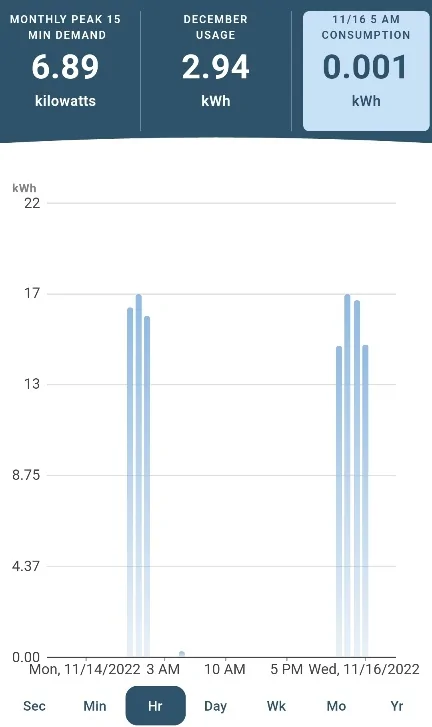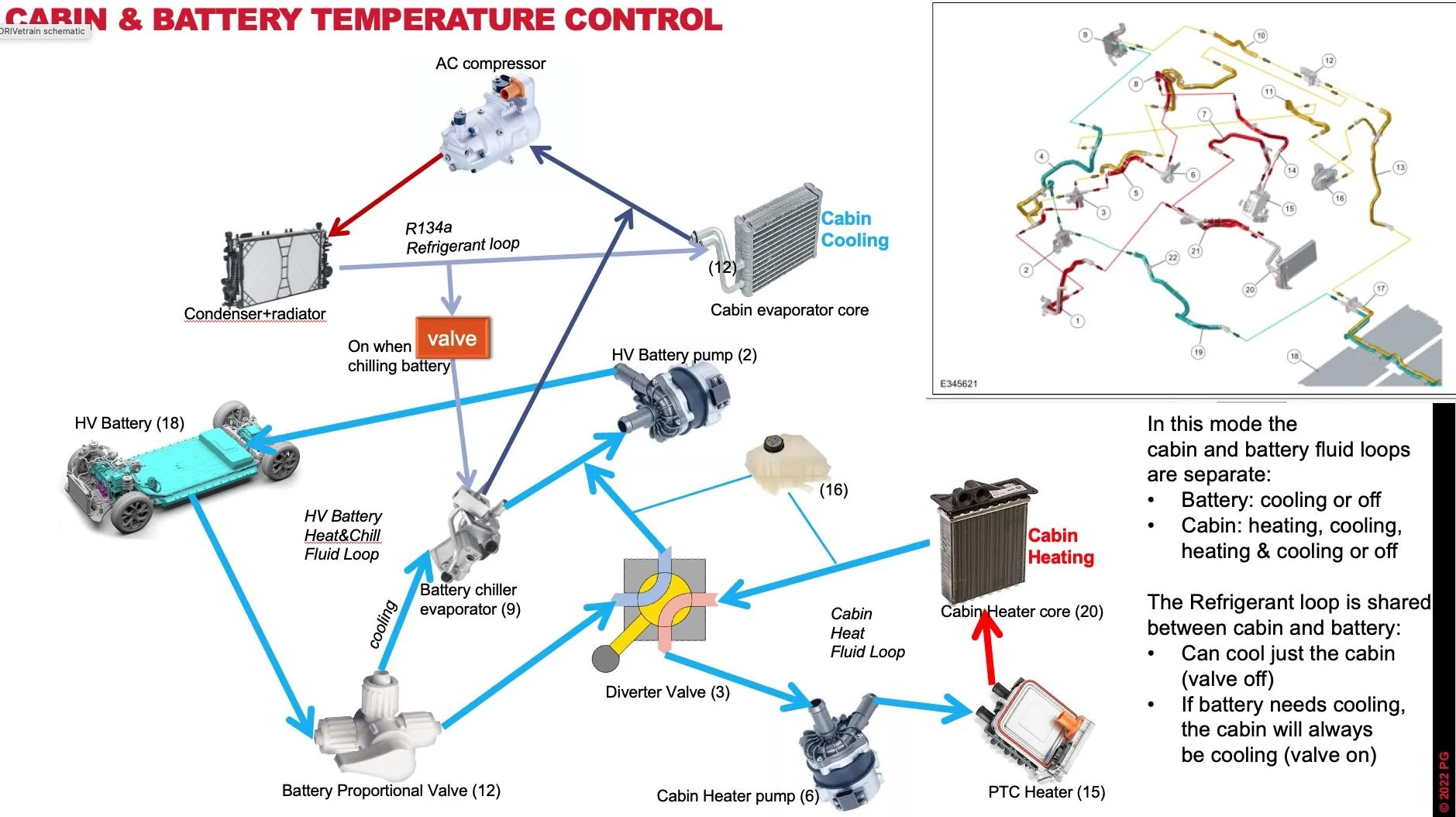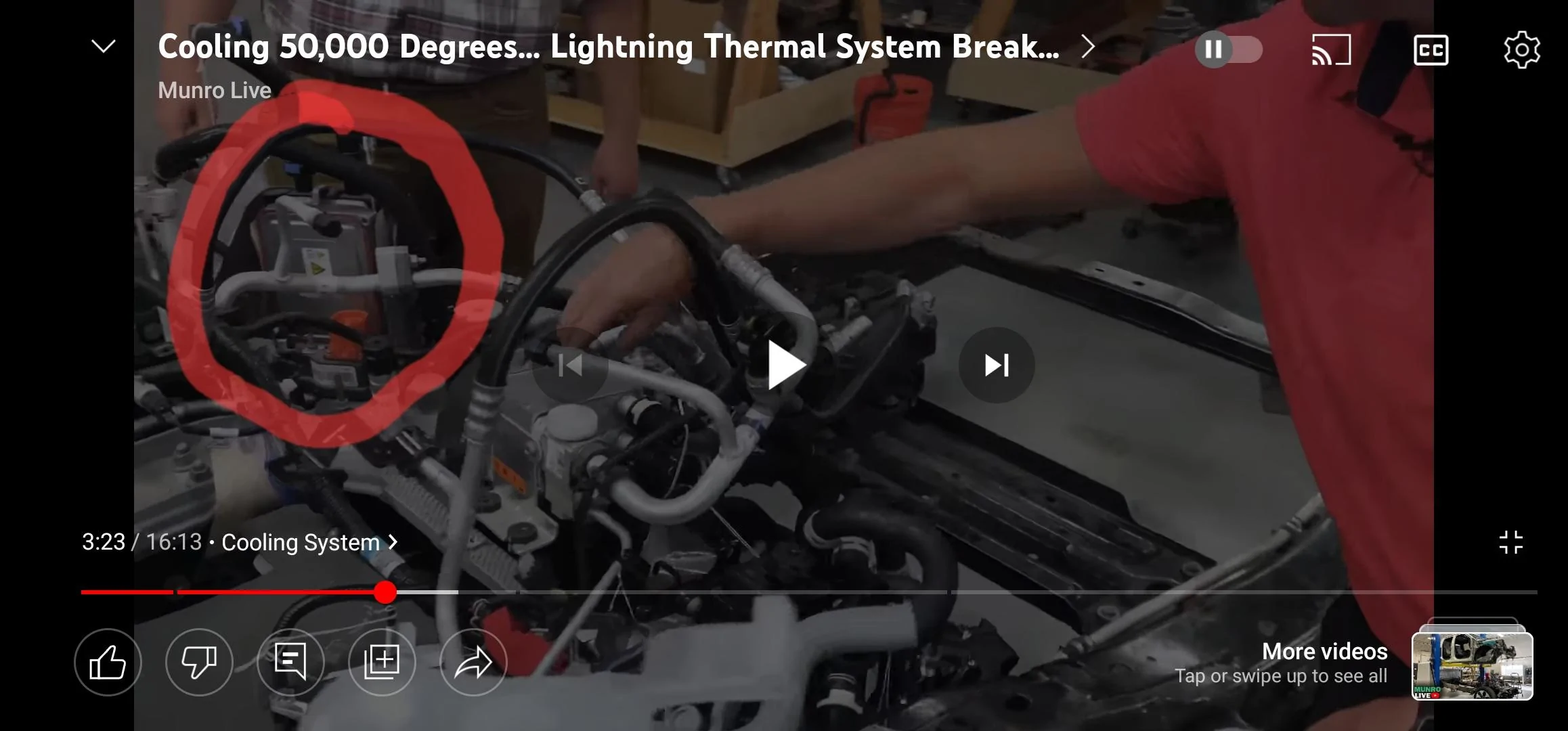RickLightning
Well-known member
Great points. Yes, 48amps is not needed. The truck will pull juice when it needs to. What is unclear is whether it is an absolute number, or based on need. It pulled 26amps at that time. What will it pull if the temp was 20 degrees colder, 26amps for a longer period, or more amps for the same period? Keep in mind that the truck can't know how many amps it is able to pull, until it pulls it, right? It does know temp, it does know departure time.Well, his and my data is different. I didn't crunch the numbers. I was just posting what I've observed. I think his truck is in an unattached garage, mine is attached and stays warmer. My experience used less energy but it does show that it only used 26 of 48 available volts for the preconditioning cycle. That should be the target setting of people that want to maintain a minimum voltage setting, but also want to precondition.
I will say this, I'm glad I sprung for an Emporia energy management system for my FCSP. The data Ford gives you is very inadequate.
And yes, Ford's data is lacking. I can easily see detail with my JuiceBox, including every charge session back to summer of 2021. I can see graphs of the last 6 months.
First, you don't know the 32amp definitively. You have one instance where you noticed it went below the set percentage. Could have been a fluke.I park in the garage with an L2 32A EVSE and keep my max charge at 80% and plug in every night over the winter. During the pre-conditioning phase it almost always stays at 80%. The odd cold night that was -15C, where my garage cooled right down to just above freezing, it 'prepared for the drive' and dipped to 78% then charged for a few minutes back up to 80% and then began conditioning the cab to be warm. So basically if the battery is quite cold then it needs more than 32A to warm up, since it pulls a bit from the battery too. Also even if your departure time happens outside of your preferred charging times it will still charge back up to your desired charge level after warming the battery, which could end up costing more if you're on a time-of-use billing.
side note: I'd sure love a 'skip charging until x % reached' slider to just let it run down my battery a bit each day as I sometimes only go for short drives to nearby jobsites. I'd still stay plugged in to pre-condition for max performance / range / regen / comfort etc, but wouldn't mind keeping my battery cycle count low. constantly topping up a couple of percent every day seems unnecessary. same with the quick top up after the battery warming, they really need to let us make these decisions.
As to battery cycles, your logic is incorrect. 10 sessions adding 5% is the same as 1 session adding 50%. That is why the logic is to always be plugged in, i.e. always be charging.
Time of use is a valid point. If you don't have an intelligent charger, and you keep your vehicle plugged in, it will pull juice for departure times, remote start, and rare 15 minute hits (at least with my Mach-E) to warm the battery (a handful of times last year). To prevent this, buy an intelligent charger like the JuiceBox. I lock out my peak period (8 hours a day Monday -Friday). Should I choose, it is easy to override.
For those that use the Ford Mobile Charger, and don't buy a charger due to cost, note that many utilities offer discounts, or rebates, for buying a charger, often a specific brand and model. Mine gave me $500. Also note that there is a federal tax credit of 30% of the charger and installation cost.
My charger was around $630 for a 48amp model. $500 rebate, 30% credit on $150, net cost of $91. Or, if you don't include the rebate in your tax credit calculation, you could make money. Mine ended up being free for a different reason, and I got a $500 rebate.
Lastly, there may be programs to charge off-peak for free, or a special incentive, or to let the utility control charging at times. I get $50 twice a year to allow my utility the ability to stop charging for 2 hours during peak demand, or force charging for 2 hours during oversupply, several times a month. My JuiceBox prevents the forced charging during oversupply that occurs during peak rate periods, and 99% of the time the do not charge period occurs when I am already fully charged to 90%. I can also override either condition.
Sponsored




